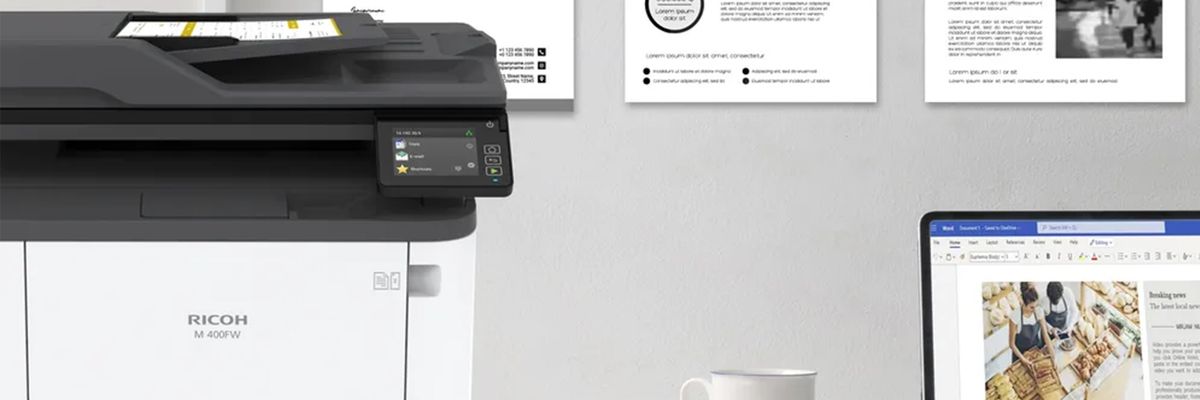
4 challenges to optimize your invoicing and payment processes
Improving invoice and payment flow, tracking tax and regulatory changes, and managing remote teams are some of the current challenges facing finance and accounting departments.
Common challenges that invoice processing solves:
1. Manual data entry leads to lost productivity
If a department uses paper-based processes, employees may spend a large portion of their time on manual data entry. This reduces efficiency and increases the potential for human error. Even if you use a file sharing system like Google Drive or SharePoint or an ERP module or accounting system, you are not taking full advantage of the benefits of digitization.
You are missing automated document capture, a centralized document repository, searchability across departments and the ability to scale as the business grows. Integrating accounting or ERP software with a document management system eliminates manual data entry and the duplication of effort that occurs when data must be entered into more than one system. For example, if the purchase order data is already entered into the accounting software, there is no need to retype it. The information is automatically shared with the document management system.
2. Undocumented business processes
Some processes exist only in the heads of certain employees. This makes a department dependent on the institutional knowledge of specific people. If one of them leaves the company, it's a problem. And it is difficult to ensure that the correct processes are always followed.
When digital invoice processes and workflows are set up in a document management system, the official process is followed automatically. Steps are defined according to business rules and integrated into workflows. In addition, audit trails track activities, such as approvals, to ensure that invoices and other process-dependent documents are subject to best practices established by management.
3. Failure to make payments on time
Slow invoice processing can result in additional fees, credit holds and delivery suspensions. On the other hand, early payment discounts are lost. Manual processing makes it difficult to track deadlines and identify bottlenecks. A digital solution significantly reduces the time between receipt, approval and payment of an invoice by helping to automatically track payment due dates, send reminders, route invoices to the designated approver or to a backup person if the approver is out of the office.
4. Lack of efficiency during audits
It is undesirable for a team to spend weeks or months compiling and organizing files in preparation for an audit. In a paper-based system, employees pull out individual files and documents and make photocopies. This creates stress, and the additional time spent answering the auditor's questions prevents them from doing their daily work.
An electronic invoicing system helps save enormous amounts of time and effort. Documents are organized in a secure system that facilitates quick sharing of required files with auditors, ensures that invoices or backup documents are never lost or misfiled.
In conclusion, with an affordable, scalable, and easy-to-use solution you can streamline invoice processing, comply with regulations, and meet payment deadlines.
What are you waiting for to solve these challenges and take advantage of technology?
Discover Ricoh Smart Invoice Processing here.














